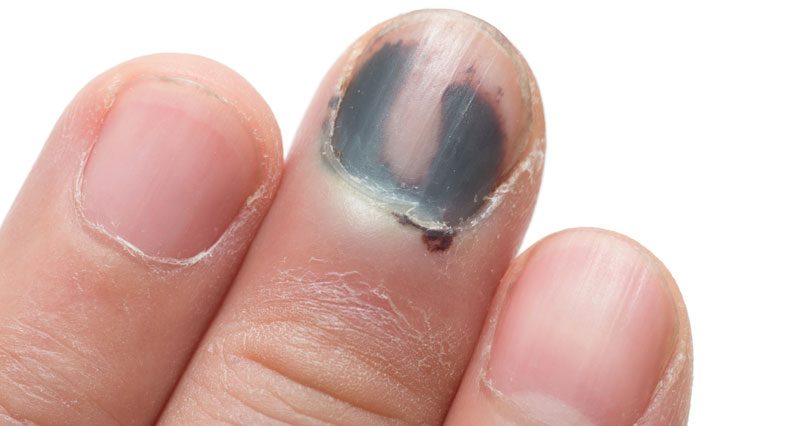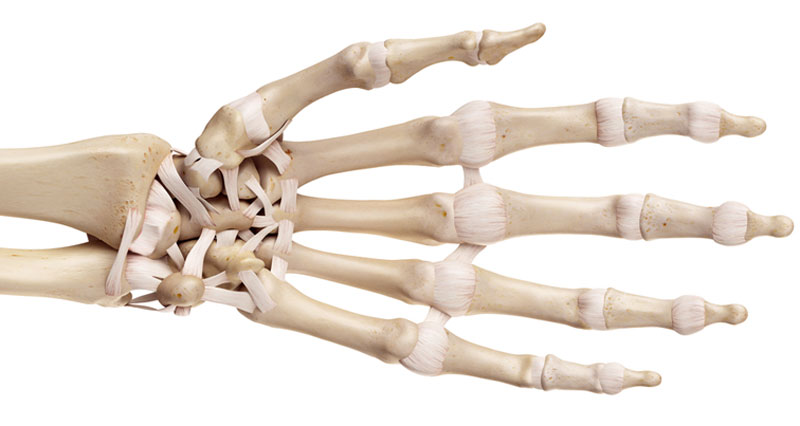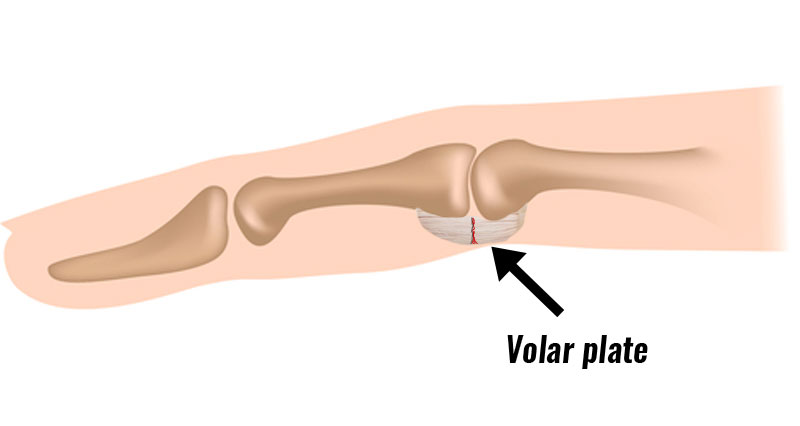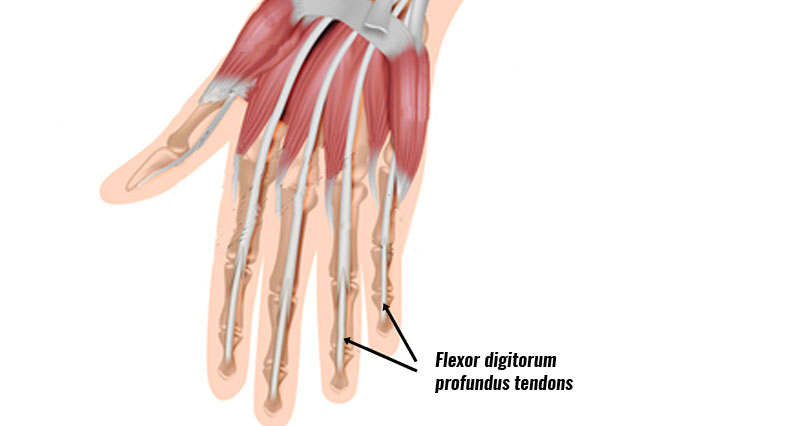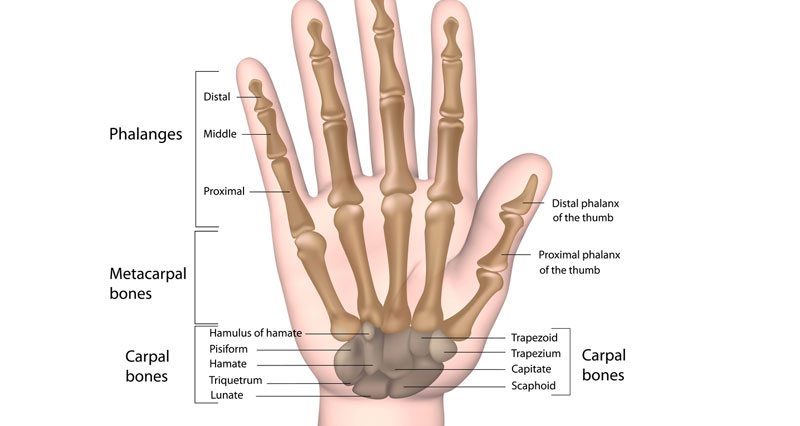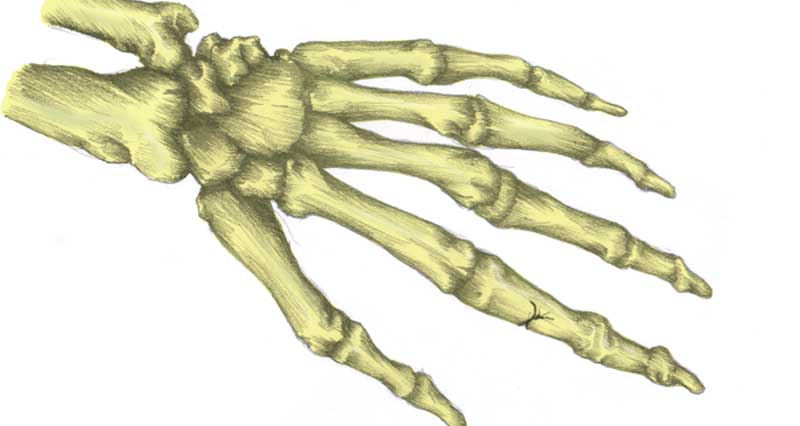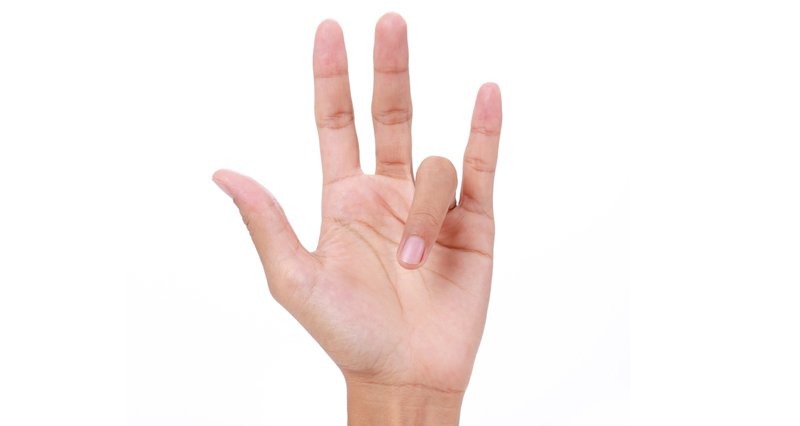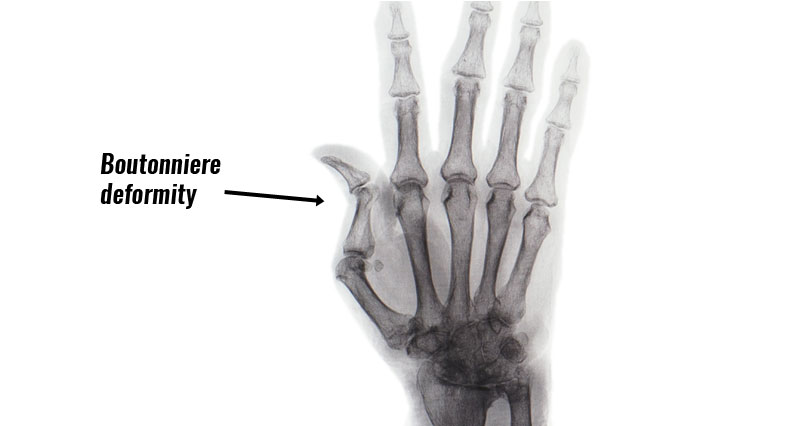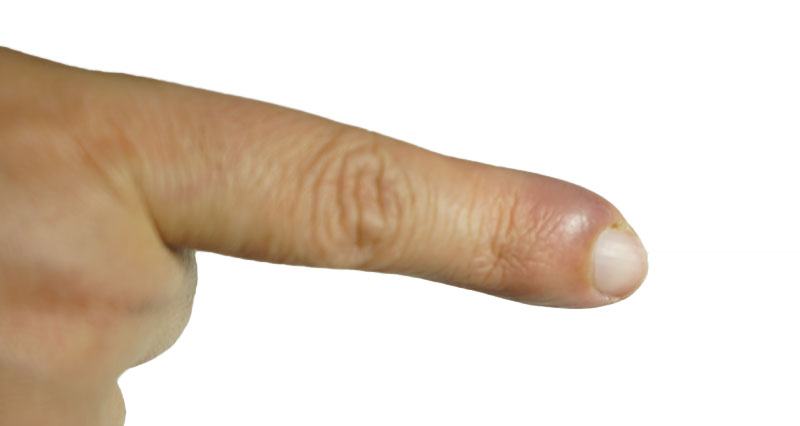A black fingernail or subungual hematoma is caused by a build-up of blood under the fingernail. This usually results from an impact or trauma to the finger which can cause considerable pain. In most cases, ice and anti inflammatory medication are sufficient to treat it. However, sometimes if it is particularly painful your doctor may drain blood from under the nail. Here we explain the symptoms and treatment of a black fingernail, as well as when to seek medical advice.
Signs & symptoms
- A black fingernail usually follows direct trauma to the finger.
- You will have felt pain from the initial trauma. Blood quickly bleeds and gathers underneath the fingernail increasing the feeling of pressure under the nail.
- Later, your fingernail will appear black and will most likely continue to be painful.
- Pain from a black fingernail is often described as throbbing pain. This is because your blood pressure varies as your heart beats.
Treatment for a black fingernail
Most subungual hematomas do not require medical attention and are treatable at home. If the total area of blood is no more than 25% of the nail then the following guidelines may apply.
Apply ice (wrapped in a cloth) or cold therapy for 10 minutes at a time, every hour to reduce bleeding and swelling. Elevate the hand to reduce bleeding and swelling. This aids the tissue fluids to flow away from the site of injury using gravity to assist.
Your doctor may prescribe anti-inflammatory medication such as Ibuprofen to ease pain and inflammation. The pain and pressure will ease over a couple of days and the blood will drain on its own.
If the bleeding covers more than 25% of the nail then seek medical attention as the blood under the nail may need draining.
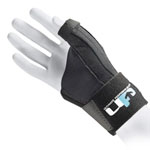
Thumb Supports
Local anaesthetic injected into the finger will numb the nail. Then your doctor will make a hole in your nail to allow blood to drain through. As a result, the pressure under the nail reduces. They may use a cautery, needle, or even a sterilized paperclip to drill or burn the hole in your nail. No follow-up treatment is usually necessary. However, occasionally, the whole nail might need to be removed.
Related research
No post found!
